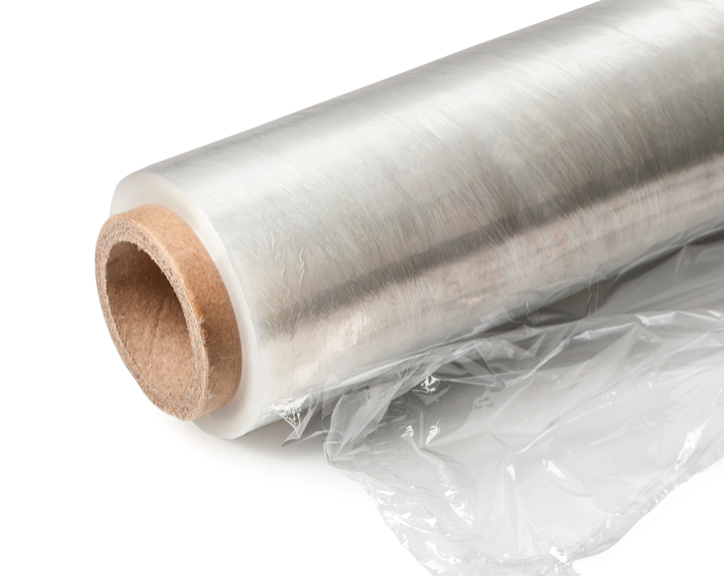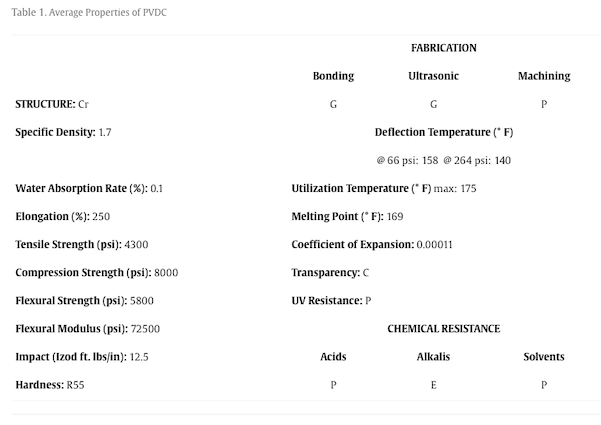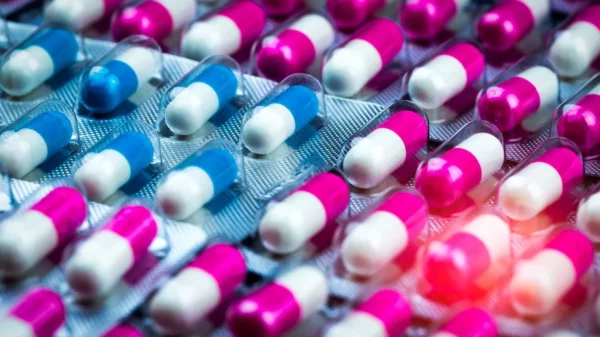Inside Materials – PVDC

PVDC is a synthetic polymer with exceptional barrier properties. It has transformed industries such as food packaging and medical products.
Polyvinylidene Chloride is an essential polymer for protective barrier applications. Its versatility and ability to protect against moisture and contamination allow PVDC to play a fundamental role in the plastics industry.
You can also read: Inside Materials – PVC
Understanding Polyvinylidene Chloride
Manufacturers obtain this polymer through the polymerization of vinylidene chloride. Its molecular structure includes two chlorine atoms per repeating unit. This structure imparts unique properties, such as a notable barrier against gases and liquids. Additionally, it provides high chemical resistance and flame retardancy. These characteristics make PVDC ideal for applications where protection is crucial.

The table above presents the average properties of PVDC, offering insights into its material characteristics. The following abbreviations are used for clarity: A = Amorphous, Cr = Crystalline, C = Clear, E = Excellent, G = Good, P = Poor, O = Opaque, T = Transparent, R = Rockwell, S = Shore. Courtesy of Polyvinylidene Chloride—Science Direct.
Forms and Manufacturing Processes
While the most well-known form of PVDC is film, manufacturers also produce it as coatings, emulsions, and powders. They employ various processes to manufacture these different forms. It includes blown film extrusion, cast film extrusion, coextrusion, extrusion coating, solution coating, and injection molding. Each method leverages the properties of Polyvinylidene Chloride to meet specific requirements across various applications.
Pursuing Sustainability in PVDC Development
In the realm of innovations, developers have prioritized sustainability in developing PVDC. For example, Solvay has developed DIOFAN ULTRA 736, a PVDC coating that resists high water vapor and uses thinner layers. This innovation enhances performance and reduces the carbon footprint of pharmaceutical blister films. This achieves a more compact and sustainable design.

Ultra-High Barrier PVDC coating solution for sustainable pharmaceutical blister films. Courtesy of Solvay.
Leading Players in the PVDC Market
As the PVDC market evolves, leading companies such as SK Chemicals (PVDC before DOW), Kureha, Solvay, Asahi Kasei, Juhua Group, Nantong SKT, and Keguan Polymer lead the competition. These companies drive innovation and material development while addressing the challenge of sustainability. They expect future efforts to focus on improving sustainable production and advancing the recycling of PVDC.

Hej.
I have come across PVdC in a food packaging and now I wonder if this fossil chemical will be broken down to for a plant usable chemical in my household compost.
With the best
Mikael :- )